Yes, universities can detect ChatGPT-generated content using AI detection tools like Turnitin and Winston AI, as well as through human review of language patterns. However, the detection process is complex and not foolproof, as factors such as prompt quality, how ChatGPT is used, and the robustness of the detection tools can impact the accuracy of detection.
In recent years, universities have incorporated AI detectors into their toolkits to verify the originality of student work and identify content that may have been generated by AI tools. This development aims to maintain academic integrity and ensure that students submit their own work rather than relying on AI-generated content.
Introduction To Ai In Academia
Rise Of Chatgpt
ChatGPT has rapidly gained popularity as a powerful AI language model that can generate human-like text. Its widespread use has extended to academic settings, raising concerns about its potential impact on academic integrity.
Concerns For Academic Integrity
With the rise of ChatGPT, academic institutions have become increasingly concerned about the potential for students to use AI-generated content to deceive plagiarism detection systems. Universities are now exploring ways to detect and address the use of ChatGPT to ensure academic honesty and integrity.
Detection Tools Used By Universities
Universities can detect ChatGPT-generated content using AI detection tools like Winston AI, Quillbot, and Turnitin, alongside human review of language patterns. While detection is complex and not foolproof, factors such as prompt quality, usage of ChatGPT, and the robustness of the detection tools play crucial roles.
Turnitin’s Role
Universities use Turnitin to detect ChatGPT-generated content and ensure the originality of student work. Turnitin compares submitted papers to a vast database of academic content and highlights any potential matches or similarities.Emergence Of Ai Detectors
The emergence of AI detectors, such as Winston AI, Quillbot, and Undetectable AI, has provided universities with advanced tools to identify ChatGPT-generated content. These detectors analyze writing styles, language patterns, and other characteristics to flag potential AI-generated work.How Detection Software Works
When it comes to detecting ChatGPT-generated content, universities utilize a range of detection software and AI tools to identify instances of AI-generated text. Understanding how these detection software work is crucial in comprehending how universities are able to identify such content and maintain academic integrity.
Algorithmic Assessments
One of the primary methods used by universities to detect ChatGPT-generated content is through algorithmic assessments. These assessments involve the use of sophisticated algorithms that analyze the linguistic patterns, structure, and coherence of the text to identify any anomalies that may indicate the involvement of AI tools.
Comparative Analysis
Universities also employ comparative analysis techniques to identify AI-generated content. This involves comparing the submitted text with a database of known AI-generated content and assessing the similarities and patterns that may indicate the involvement of AI tools such as ChatGPT.

Credit: m.youtube.com
Limitations Of Current Technology
Universities face limitations in detecting ChatGPT, with AI detection tools like Turnitin and Quillbot providing some capability. However, detection is complex and not foolproof, as factors such as prompt quality and tool robustness come into play. Additionally, the writing style of AI tools may exhibit bland and journalistic features, making detection challenging.
False Positives And Negatives
Current technology used by universities to detect ChatGPT-generated content is not foolproof and can lead to both false positives and false negatives. False positives occur when the detection tool flags content as plagiarized when it is actually original work. On the other hand, false negatives occur when the detection tool fails to flag content that is actually plagiarized. These limitations can be frustrating for both students and professors, as false positives can result in unjust accusations of academic dishonesty, while false negatives can lead to a lack of academic integrity.Evolving Ai Capabilities
As AI technology continues to evolve, so do the capabilities of detection tools used by universities to detect ChatGPT-generated content. Winston AI is one example of an AI detector that is being used by universities to detect ChatGPT. These tools use complex algorithms to analyze language patterns and detect any irregularities that may indicate the use of ChatGPT. However, it is important to note that as ChatGPT technology evolves, so do the detection tools, which means that it is a never-ending battle between detection and deception. In conclusion, while universities can detect ChatGPT-generated content, the limitations of current technology mean that detection is not foolproof. False positives and false negatives can occur, and as AI technology evolves, so do the capabilities of detection tools. It is important for students to understand the consequences of using ChatGPT and for universities to continue to invest in technology that can detect it.Human Oversight In Detection
Yes, universities can detect ChatGPT-generated content using AI detection tools such as Turnitin and Winston AI. These tools help identify if the text presented by students is their own original work or written by an AI tool. However, detection is not foolproof and depends on factors like prompt quality and the robustness of the detection tools.
Instructor Expertise
When it comes to detecting ChatGPT-generated content, instructor expertise plays a significant role. Professors who have been teaching for years can easily identify when a student’s writing style deviates from their norm. They can detect inconsistencies in language, tone, and overall quality that may indicate the use of an AI tool. Moreover, instructors have access to AI detection tools such as Turnitin or Undetectable AI that enable them to identify ChatGPT-generated content with relative ease.Behavioral Observations
Universities can also detect ChatGPT through behavioral observations of the student. Professors can identify when a student’s writing style changes suddenly or when there is a significant improvement in their writing quality. Such changes may indicate that the student is using an AI tool to generate content. Additionally, human reviewers can analyze language patterns and identify repetitive phrases or tautologies that may indicate the use of an AI tool. In conclusion, universities can detect ChatGPT-generated content through a combination of instructor expertise and behavioral observations. While AI detection tools can help in identifying such content, human oversight remains crucial in ensuring that students submit original work. It is essential for students to understand the consequences of using AI tools to generate content, as academic institutions take plagiarism seriously and can take disciplinary action against students who violate academic integrity policies.
Credit: gowinston.ai
Factors Influencing Detectability
Universities have the capability to detect the use of ChatGPT through AI detection tools like Turnitin and Quillbot, as well as human review of language patterns. However, the detection process is not foolproof, and factors such as prompt quality, usage of ChatGPT, and the effectiveness of the detection tools can influence its detectability.
Factors Influencing Detectability The use of ChatGPT in academic settings has raised concerns about the authenticity of student work and the ability of universities to detect it. While AI detection tools such as Turnitin and Undetectable AI can identify ChatGPT-generated content, their effectiveness may be influenced by various factors. Quality of ChatGPT Prompts The quality of the ChatGPT prompts can affect the detectability of the generated content. If the prompts are well-designed and require critical thinking, it may be challenging for ChatGPT to produce content that meets the requirements. On the other hand, if the prompts are vague or poorly written, ChatGPT may produce content that is more difficult to distinguish from human-generated work. Adaptation of Writing Styles Another factor that can influence the detectability of ChatGPT-generated content is the adaptation of writing styles. ChatGPT may be able to mimic different writing styles to some extent, but it may not be able to replicate the nuances and idiosyncrasies of each individual writer. Therefore, if a student’s writing style is distinct or if the content is written in a field-specific language, it may be easier to detect ChatGPT-generated content. Robustness of Detection Tools The effectiveness of AI detection tools such as Turnitin and Quillbot also depends on their robustness. While these tools can identify similarities in language patterns and sentence structure, they may not be able to detect content that has been paraphrased or rephrased. Additionally, AI detection tools may produce false positives or false negatives, which can lead to inaccurate results. Therefore, it is important for universities to use a combination of AI detection tools and human review to ensure the accuracy of their detection process. In conclusion, while universities can detect ChatGPT-generated content, the factors influencing its detectability are complex and multifaceted. By considering the quality of prompts, the adaptation of writing styles, and the robustness of detection tools, universities can improve their ability to detect ChatGPT-generated content and maintain the integrity of academic work.Preventative Measures For Academic Dishonesty
Universities have the ability to detect ChatGPT-generated content using AI detection tools such as Turnitin or Undetectable AI. They can also use tools like Winston AI to analyze the writing style and determine if the text is original or written by an AI tool.
While detection is not foolproof, these measures help prevent academic dishonesty.
Preventative Measures for Academic Dishonesty Academic dishonesty is a significant problem in universities worldwide. With the advent of AI language models like ChatGPT, detecting plagiarism has become more complicated. However, universities are taking measures to prevent academic dishonesty, including detecting ChatGPT-generated content. In this section, we’ll discuss the preventative measures universities are taking to ensure academic integrity.Educational Strategies
Educational strategies are one of the most effective methods of preventing academic dishonesty. Professors can educate their students about the importance of academic integrity and the consequences of cheating. By teaching students how to properly cite sources, paraphrase, and avoid plagiarism, universities can ensure that students understand the value of academic honesty.Policy Revisions
Policy revisions are another effective method of preventing academic dishonesty. Universities can revise their policies to include stricter penalties for academic dishonesty, including the use of ChatGPT-generated content. By implementing harsher consequences for cheating, students will be less likely to engage in academic dishonesty. Furthermore, universities can revise their policies to include the use of AI detection tools like Turnitin or Undetectable AI. These tools can detect ChatGPT-generated content and flag it as potentially plagiarized.Tools For Detection
As mentioned earlier, universities can utilize AI detection tools like Winston AI, Turnitin, or Quillbot to detect ChatGPT-generated content. These tools analyze the text for language patterns and similarities to previously published work. However, detection is not foolproof, and universities must rely on human review to confirm potential plagiarism cases. In conclusion, universities are taking preventative measures to ensure academic honesty and detect ChatGPT-generated content. Educational strategies, policy revisions, and the use of AI detection tools are all effective methods of preventing academic dishonesty. By implementing these measures, universities can maintain academic integrity and ensure that students are learning and producing original work.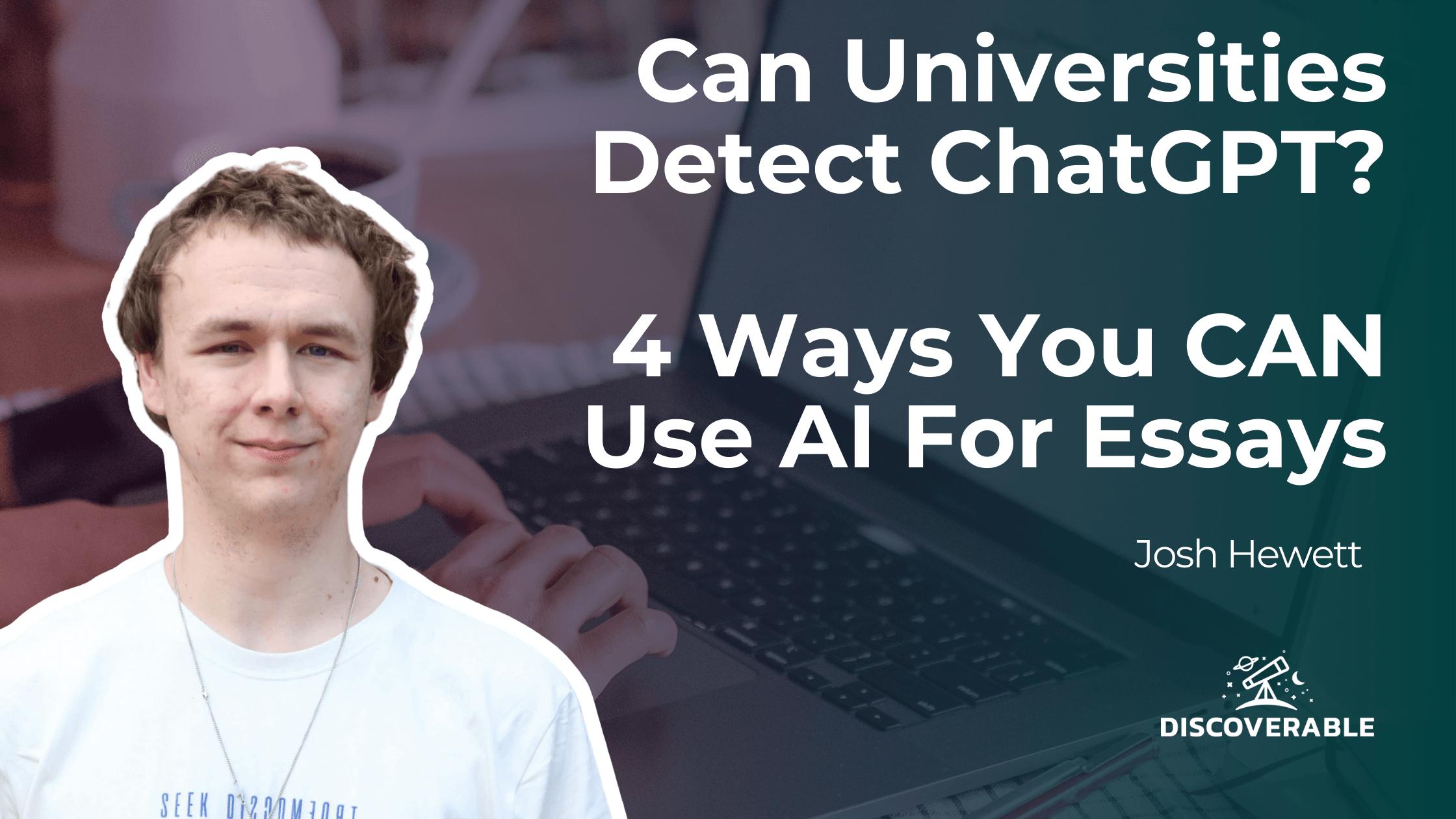
Credit: www.discoverable.co.uk
Future Of Ai Detection In Education
Yes, universities have the ability to detect content generated by ChatGPT using AI detection tools like Turnitin and Quillbot, along with human review of language patterns. However, the detection process is complex and not foolproof, as factors such as prompt quality and the usage of ChatGPT can affect the accuracy of detection.
Advancements In Detection Tools
Universities are increasingly turning to advanced AI detection tools to identify content generated by ChatGPT. These tools, such as Turnitin, Undetectable AI, Winston AI, and Quillbot, are designed to analyze and compare the writing style and patterns to determine if the content is authentic or AI-generated. Despite the complexity of detection, the integration of these advanced tools marks a significant step in combating academic dishonesty.
Ethical Implications
The use of AI detection tools in education raises ethical concerns regarding privacy and academic integrity. While it is essential to uphold academic honesty, the deployment of these tools must be accompanied by transparent policies and guidelines to safeguard students’ privacy and ensure fair treatment. Striking a balance between leveraging AI for detection and respecting students’ rights is crucial in the evolving landscape of education.
Frequently Asked Questions
Can Professors Tell If You Use Chatgpt?
Yes, professors can detect the use of ChatGPT. Universities have access to AI detection tools like Turnitin or Undetectable AI to identify content generated by ChatGPT. They may also use tools like Winston AI to determine if the text is original work or written by an AI tool.
However, detection is not foolproof and depends on factors like prompt quality and the robustness of the detection tools.
How Do Unis Know If You Use Chatgpt?
UNIS can detect ChatGPT by using AI detection tools like Winston AI to check if the text is original and not generated by an AI tool. They may also use tools like Turnitin or Undetectable AI to identify content created by ChatGPT.
Detection methods can include analyzing language patterns and identifying repetitive words or paragraphs starting with specific phrases. However, detection is not foolproof and depends on factors such as prompt quality and how ChatGPT is used.
Is Chatgpt Detected By Turnitin?
Yes, universities can detect ChatGPT-generated content using tools like Turnitin and AI detectors.
How Can Someone Tell If You Used Chatgpt?
Universities and schools use AI detection tools like Turnitin and Winston AI to detect ChatGPT-generated content. They look for repetitive words and a bland, journalistic writing style that may indicate the use of AI. While detection is not foolproof, these tools help identify AI-generated text.
Conclusion
Universities have the capability to detect content generated by ChatGPT through the use of AI detection tools like Turnitin and Quillbot. However, the detection process is not foolproof and relies on factors such as prompt quality, usage of ChatGPT, and the effectiveness of the detection tools.
While repetitive words and a bland, journalistic writing style may raise suspicion, it is important to note that AI-generated text can only be detected to a certain degree of accuracy.

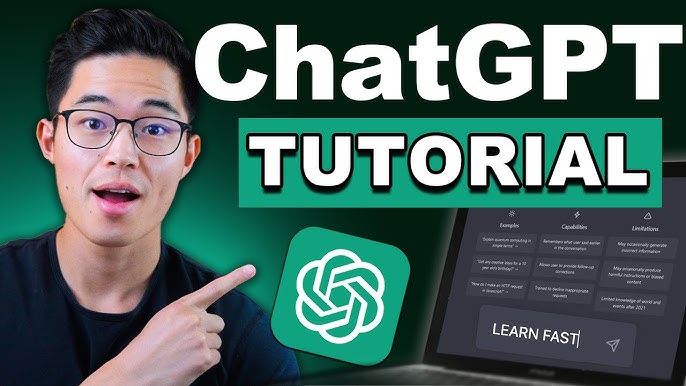


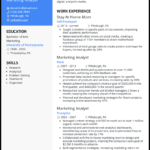




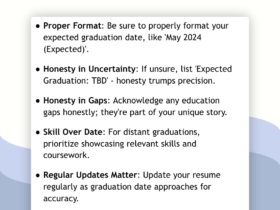


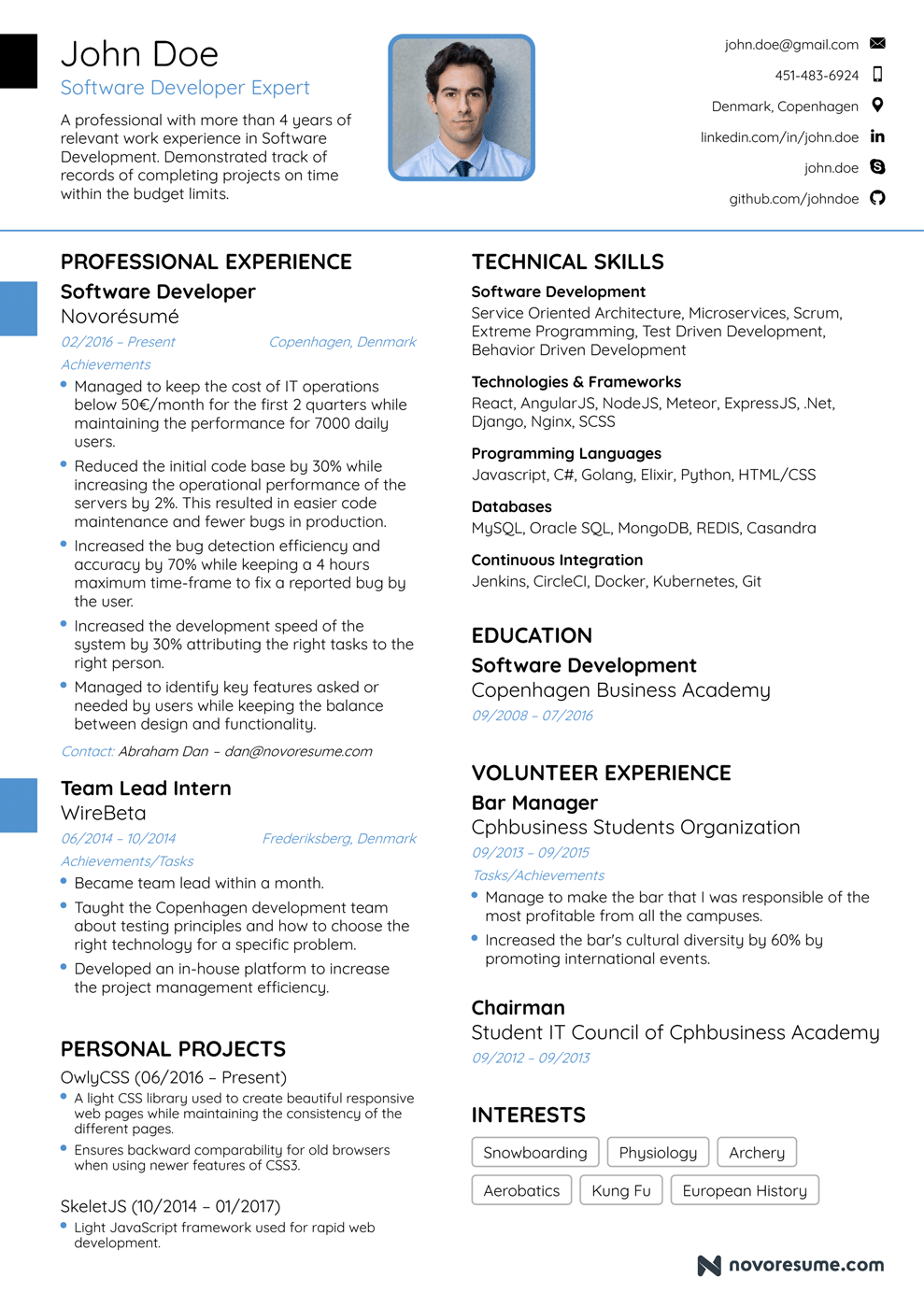
Leave a Reply